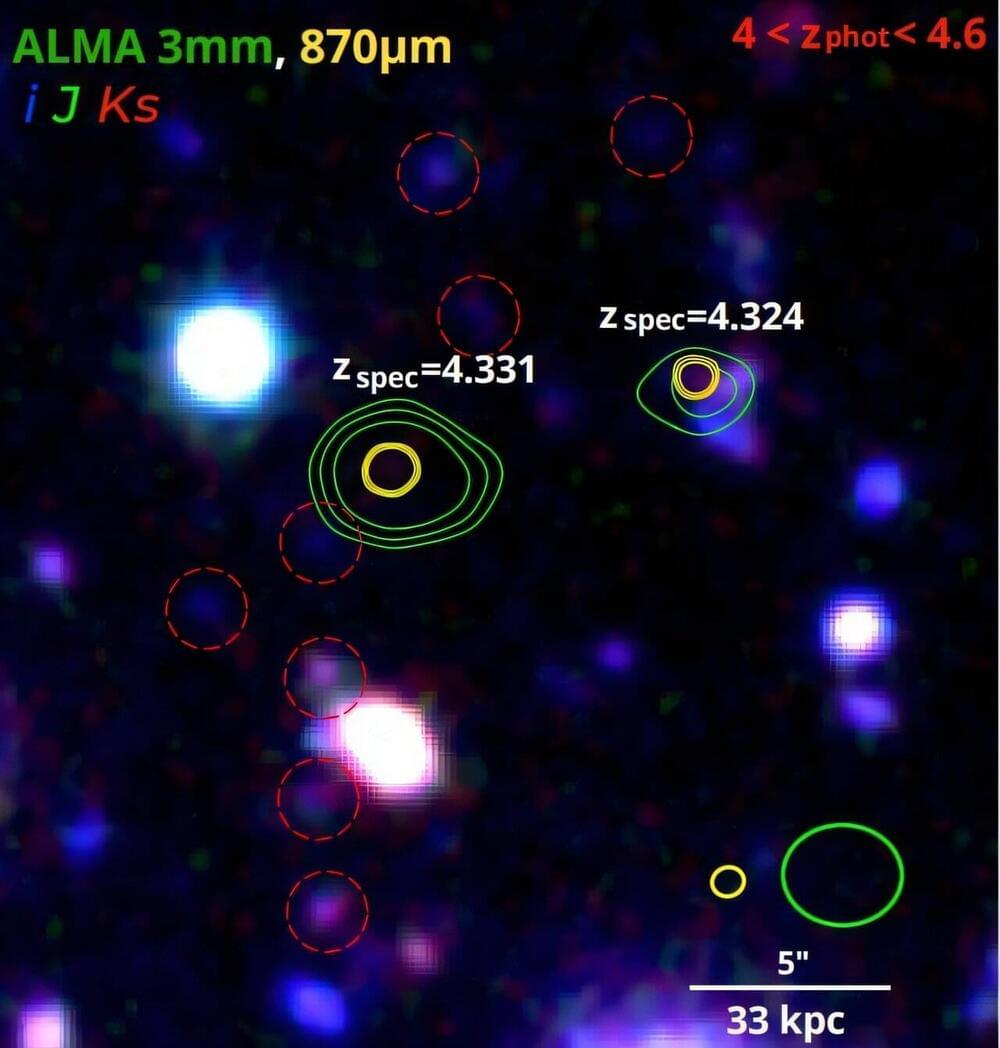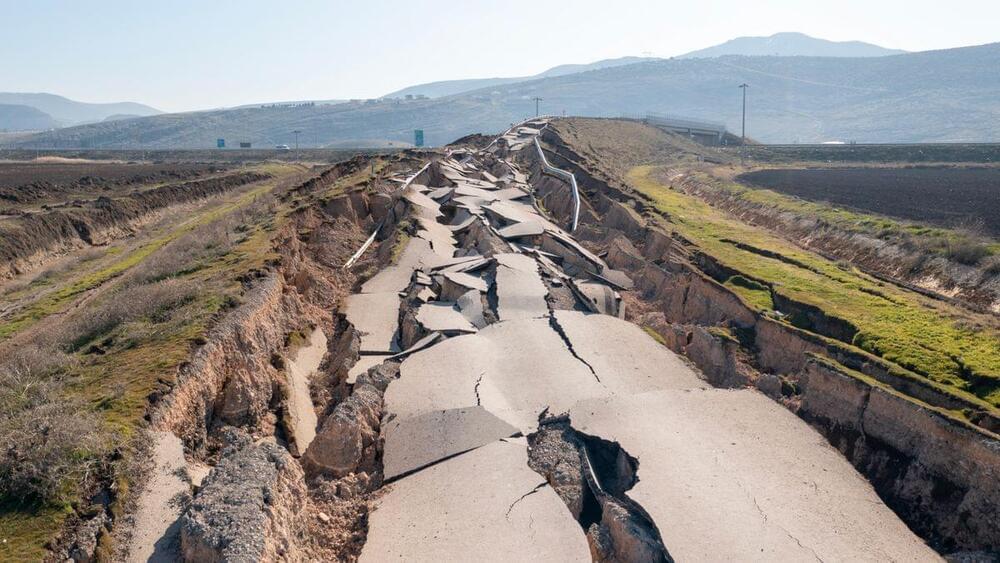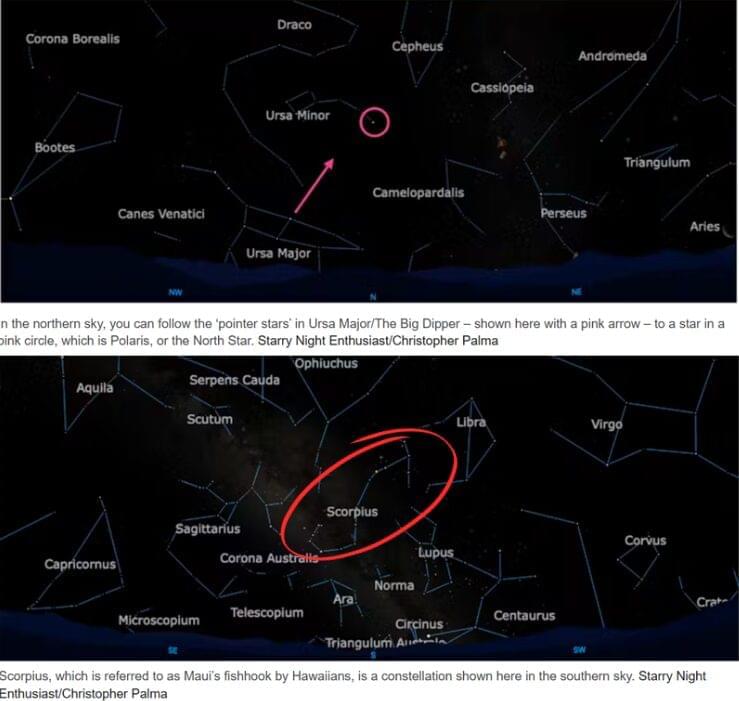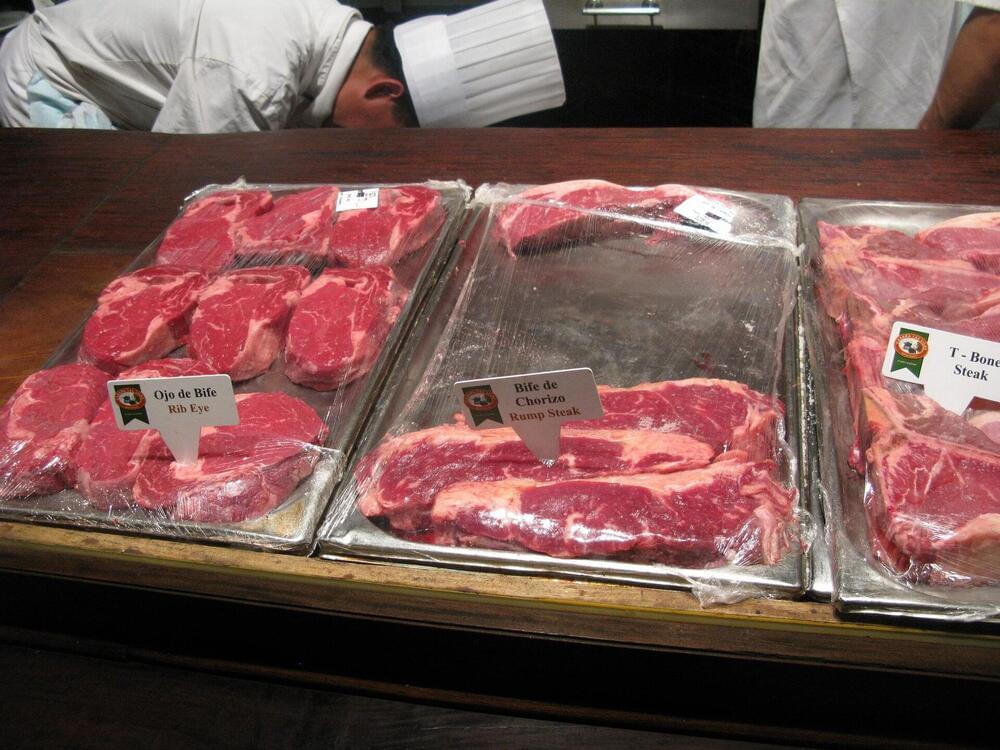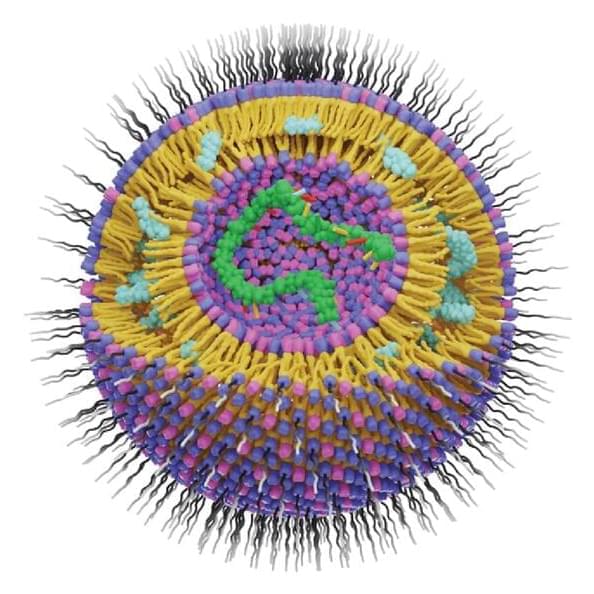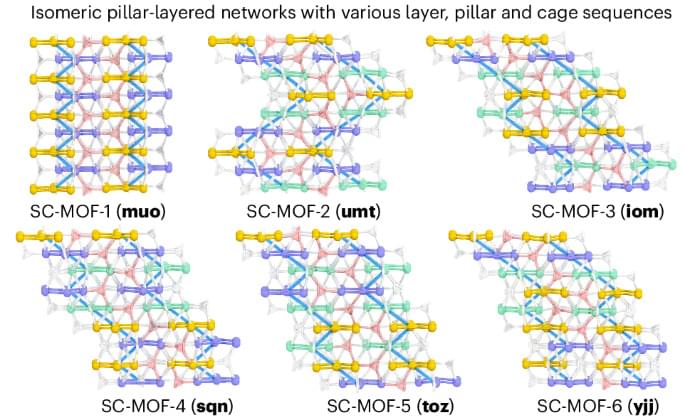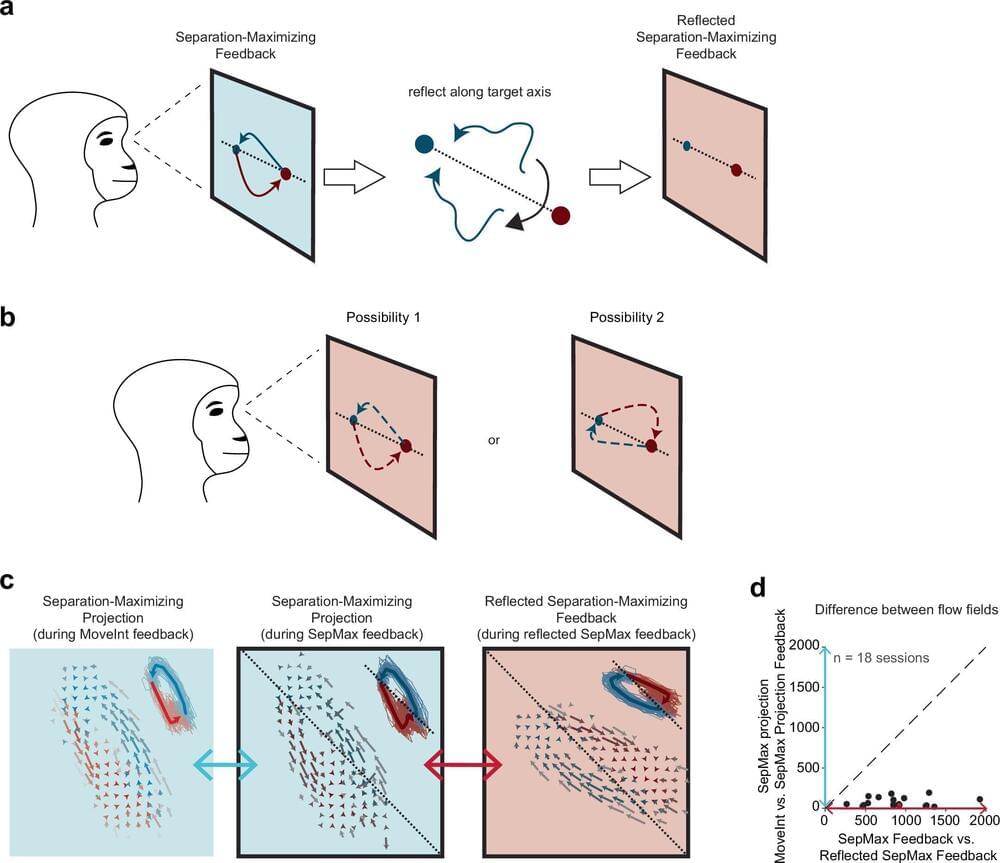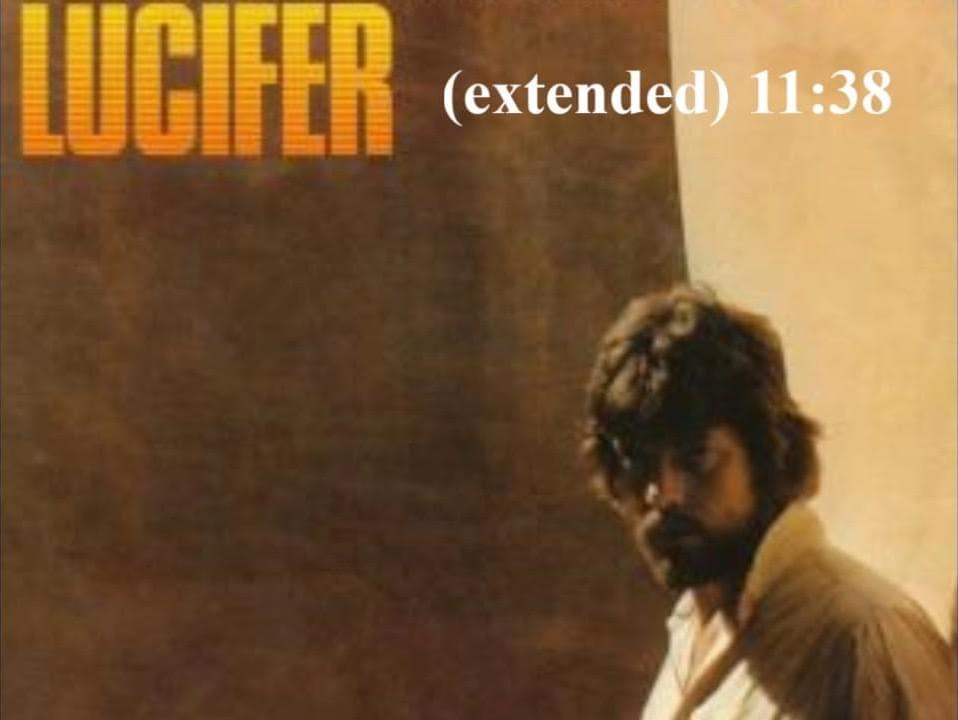An international team of astronomers reports the discovery of a new compact galaxy group using the Atacama Large Millimeter/submillimeter Array (ALMA). The new group, designated CGG-z4, hosts two optically dark star-forming galaxies. The finding was detailed in a research paper published Jan. 9 on the pre-print server arXiv.
Galaxy groups are the smallest aggregates of galaxies, typically containing up to 50 members. For astronomers, overdense structures like protoclusters or galaxy groups are prime targets to help them investigate the growth of massive galaxies.
Recent observations performed by a group of astronomers led by Malte Brinch of the Technical University of Denmark, have uncovered the presence of a new galaxy group. They identified the new group with ALMA in the Cosmic Evolution Survey (COSMOS) field.
